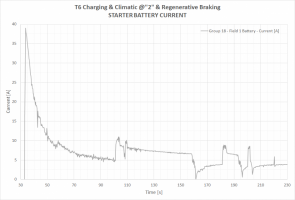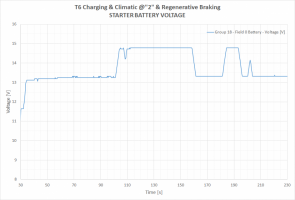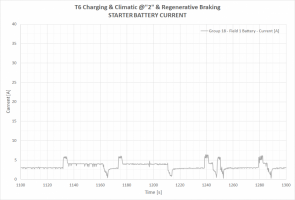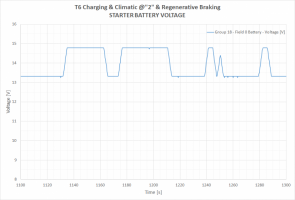There's another dimension to this. People talk about taking the van out for a drive to charge the battery, but the best % charge you are likely to achieve under normal circumstances is 80%.
For us, this is important, as our van is a camper and may not be used for a month or so. This is why we always charge it fully with a battery charger before we take it down the yard. This has meant that it has never failed to start, even after being left for 6 weeks in the depth of winter.
Pete



